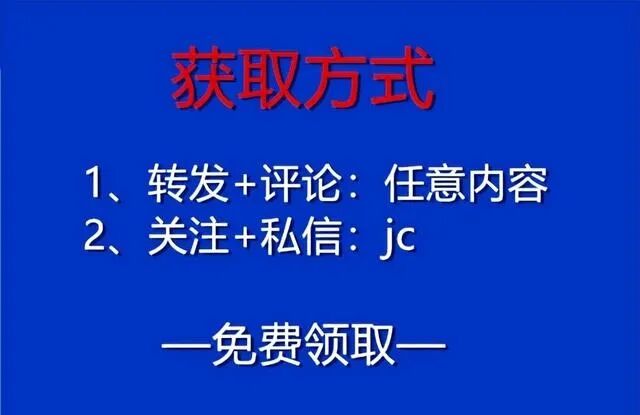“PLC Fault Tree Analysis: Identify the Culprit in 3 Steps, Doubling Maintenance Efficiency!”

Hello everyone! Is your PLC acting up again? The indicator lights are flashing wildly, and the production line is just lying flat for you to see? Don’t worry! Today, I will teach you how to use the “Fault Tree” tool to master PLC maintenance, just like performing a CT scan on the equipment; no matter how deep the issue is, it will be revealed in no time!
▶ A Bloody Lesson
Last year, a PLC malfunction at a chemical plant had the technical experts fiddling with multimeters for three days and nights, only to find out it was just a loose terminal — resulting in a direct loss of 3 million! Even more ridiculous, a home appliance factory misjudged a fault due to communication interference and ended up replacing the entire PLC, only to find out it was just an oxidized network cable connector… It’s heartbreaking to talk about! The worst was my colleague Zhang, who spent New Year’s Eve in the workshop troubleshooting faults, and his wife almost made him sleep in the toolbox for a whole year!
▷ The Three-Level Diagnostic Pyramid (Take notes!)
1️⃣【Symptom Level】Check the “Equipment ECG”
Don’t rush to disassemble the CPU! First, focus on these vital signs:
Power Light: If it’s not on? Congratulations! Check the socket first to avoid being the fool.
Fault Light: The red and yellow CP combination can speak (with a quick fault code reference table).
I/O Status: Inputs and outputs are like a seesaw; whichever side is stuck, the other side is cold.
2️⃣【Logic Level】Play the PLC version of “Spot the Difference”
Take out your phone and snap a picture of the wiring on-site, then lock down the problem area in three steps:
Input Side: Is the sensor dead? Is the switch malfunctioning? Are the wire ends split? (Measuring voltage works wonders)
Output Side: Is the relay on strike? Is the solenoid valve stuck? Is the motor asleep? (Try forcing the output)
Communication Chain: Is the network cable being used as a jump rope? Is the protocol in a power struggle? Is the terminal missing? (Ping values will tell)
3️⃣【Root Cause Level】Strike at the heart
Hardware Side: Did the module die? Is the capacitor pregnant? Is the heat dissipation failing? (Thermal imaging camera is a lifesaver)
Software Side: Is the program running away? Are there address conflicts? Did you forget the password? (Online monitoring opens the eye of heaven)

Environmental Pitfalls: Is the temperature difference playing bungee jumping? Is dust throwing a party? Are mice acting as hackers? (Understand the protection level)
▶ Three Strikes to Avoid (❗Blood and Tears Warning)
Grounding is not a mystery! A factory’s random grounding caused 500,000 worth of equipment to go up in smoke (Correct method: single-point grounding + equipotential bonding)
Don’t believe the “waterproof and dustproof” nonsense! I’ve seen an IP67 cabinet overrun by cockroaches (Monthly dust cleaning is more effective than praying)
Backing up programs is more important than insurance! An engineer accidentally deleted a program and directly resigned and ran away (Three backups: USB + cloud + paper)
▷ Practical Comparison Table (Copy this for your homework)
★ Five-Step Implementation
Grab this guide and get started:
Draw the tree — Treat the fault phenomenon as the root of the tree.
Branching — Split by power/input/output/communication.
Mine clearance — Use the elimination method to prune branches.
Verification — Test the smallest unit.
Cure — Eliminate the true culprit + defensive buffs.
Has your factory also fallen for these tricks? Welcome to identify with the following:
❓ Are you still using the “restart method” to deal with all faults?
❓ Is your spare parts library full yet always missing key modules?
❓ Does the system crash when key technical staff leave?
Now give a thumbs up, send a private message saying “I want the guide”, and I will immediately send you the “PLC Fault Tree Template Library” (including 30+ typical fault trees from various industries). Tonight at 8 PM in the live room, I will take you through some real fault cases, guaranteed to be more exciting than binge-watching! Remember: Being able to repair PLCs is not impressive; being able to prevent faults is the real master!